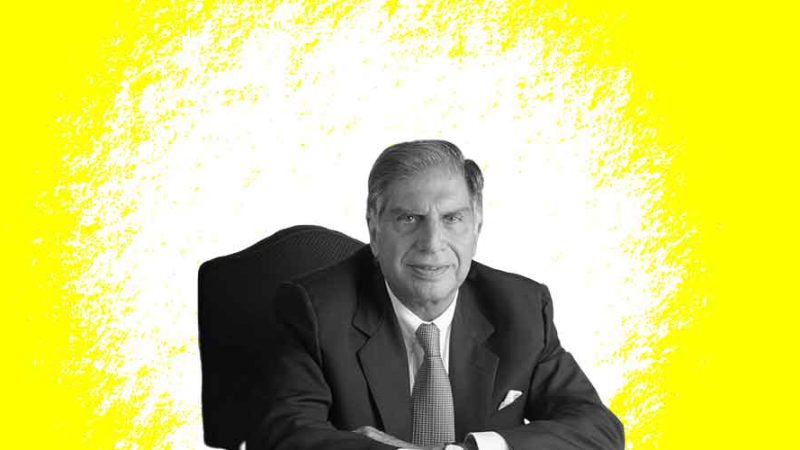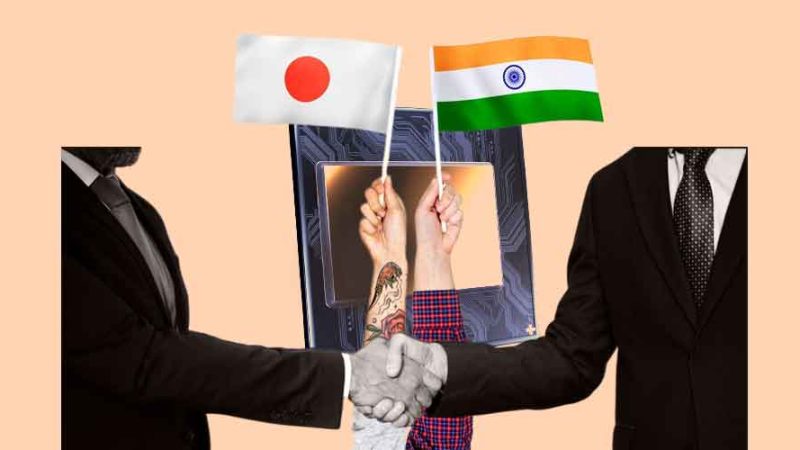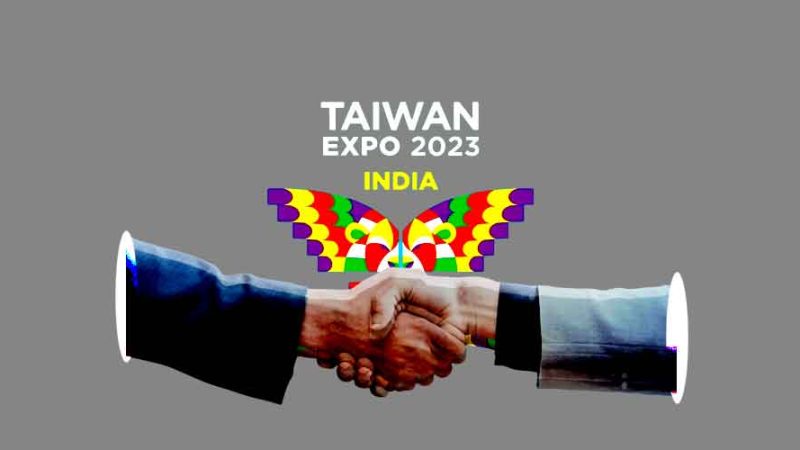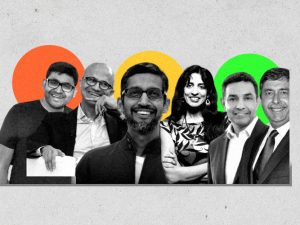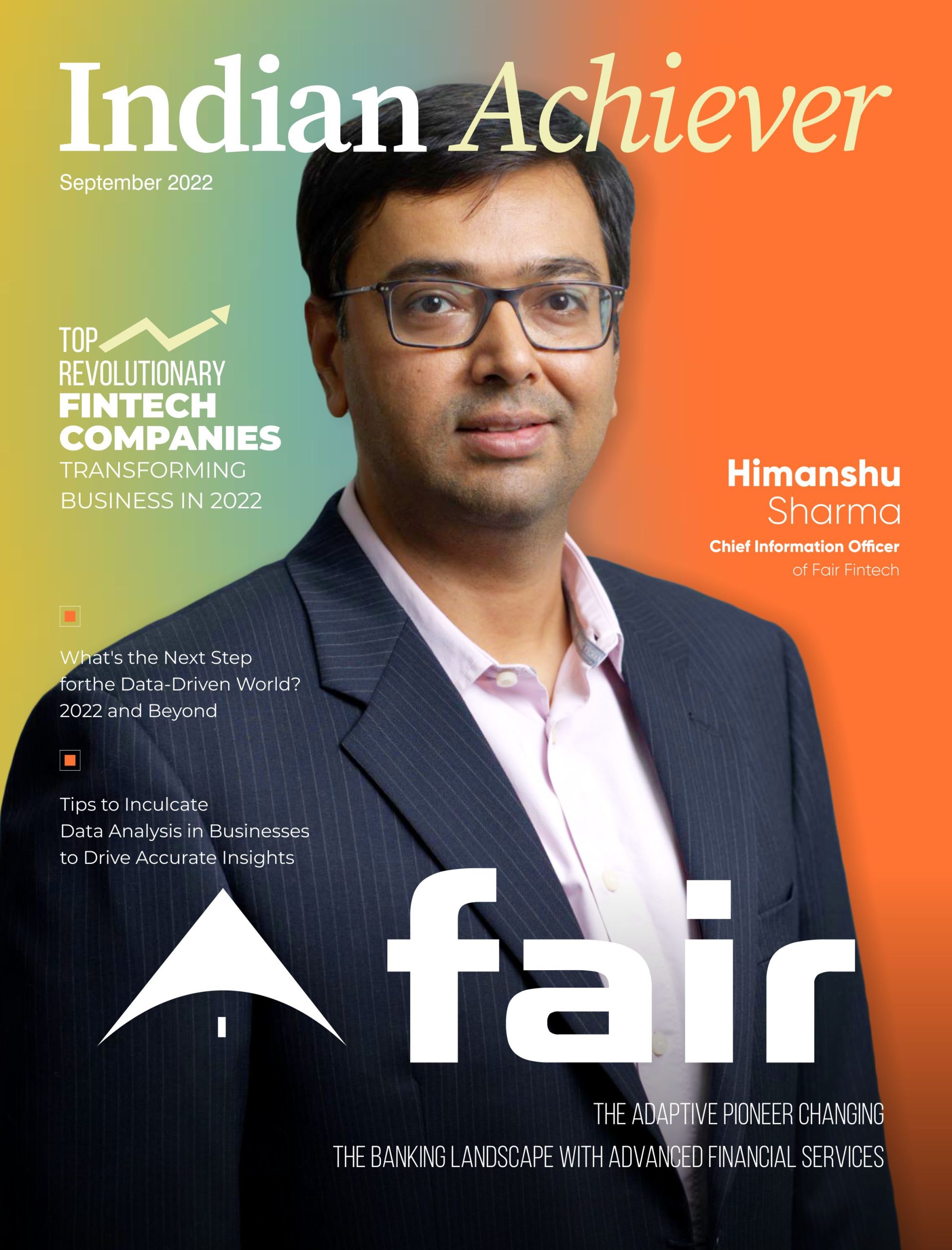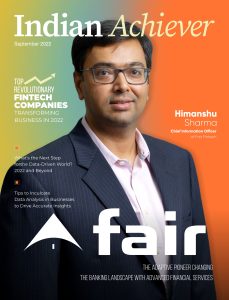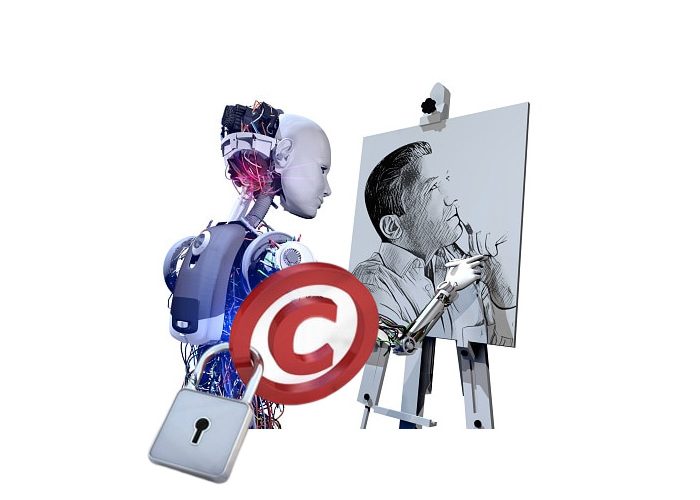
Indian Copyright Registration and AI Art
The Indian Copyright Office is perplexed by the explosion of AI-generated art. Artificial intelligence creates independent works of art without the assistance of a human artist. Such works are categorised as “computer-generated works” under the Indian Copyright Act. Probably during a time when AI wasn’t creating art, computer-generated works were introduced as a category of works in 1995. For such works, copyright law attributes authorship to the “person who causes the work to be made.” Whether AI may be credited as an author of a text is up for debate. There is no Indian precedent that suggests computer or software authors can be recognised. Similarly, the Indian Copyright Office does not offer any policy recommendations about whether or not writers must be humans.
The Indian Copyright Office is unsure how to respond to similar petitions. As was previously mentioned, in 2020 the copyright office denied a request that claimed AI (RAGHAV) was the only/single author of the artwork. However, a different application was made in which a natural person and an AI (RAGHAV) were again listed as co-authors for a different piece of art. The copyright office approved registration in this instance.
Registration is made without specifying a basis. The Copyright Office appears to have registered this trademark without thinking it through and in error because, about a year later, it filed a withdrawal notice. The applicant must “inform the Copyright Office on the legal standing of the Artificial intelligence system tool Raghav AI Painting App in the withdrawal notice,” according to the Copyright Office.
A copyright registration “cannot be withdrawn once approved,” according to the applicant (a human, co-author). The process is a court-led correction proceeding to revoke the registration. As previously said, this notification was sent out around November 2021. The unknown is where this situation is right now. However, “the status of this application is still registered, according to the Copyright Office’s website.”
It’s true that this is old news. However, this topic is still important to bring up because demand for AI-generated art has increased rather than decreased.
This application may serve as a model for other applications up until it is deleted from the registry (or rectified, if such corrections are permitted). Even while the Copyright Office now believes that human authorship is necessary for copyright protection, it is helpless to take action. Additionally, applicants may claim unfair rejection if their applications are rejected. It appears, in any case, that the Copyright Office will have to spend time, money, and resources litigating this matter. If the office hadn’t initially reversed its decision, this might have been prevented.
The haphazard manner in which copyright registrations are being given out is shocking. Given that copyright registrations are already being elevated by High Courts from simple registrations (the outcomes of optional administrative processes) to impenetrable licences, this is extremely concerning. The Gujarat High Court, according to Lokesh, has decided that registration certificates from the Copyright Office confer immunity from copyright infringement. He says that this perception is false.
On the one hand, there is no case law indicating whether or not artificial intelligence can be categorised as an author. A Parliamentary Standing Committee has recommended “revising IPR legislation and building a strong IPR framework” in order to “extract benefits from AI.” The law is still in place and unclear, though. As a counterargument to accusations of copyright infringement, it is possible to get a copyright registration designating AI as a co-author.
Governments all around the world are coping with the same issue as a result of new technology, which is confusing. Such requests have been categorically refused by the US Copyright Office, for instance, on the grounds that a “work meets the legal and procedural conditions of copyright protection only if it is generated by a human author.” On the other hand, the UK Intellectual Property Office acknowledges the fluid nature of computer-generated works and is adopting a wait-and-see approach.
Instead of acting rashly and creating precedents that could be dangerous in the future, Indian authorities should presumably think out their approach to handling such challenges.




